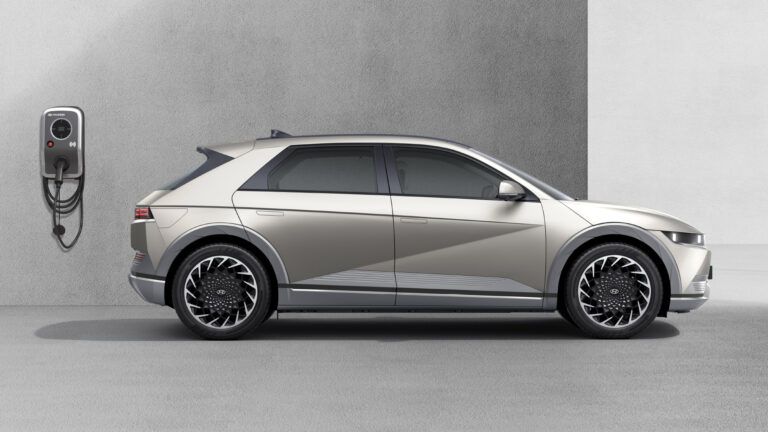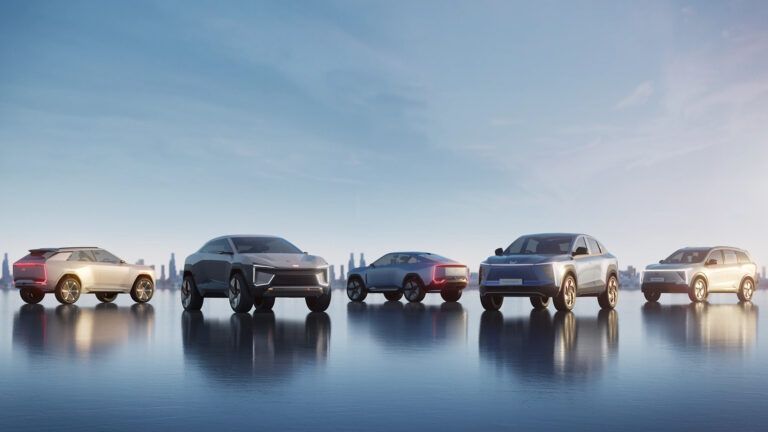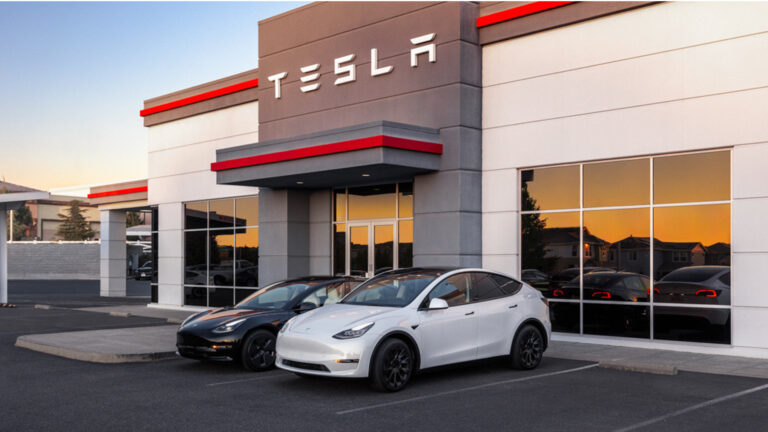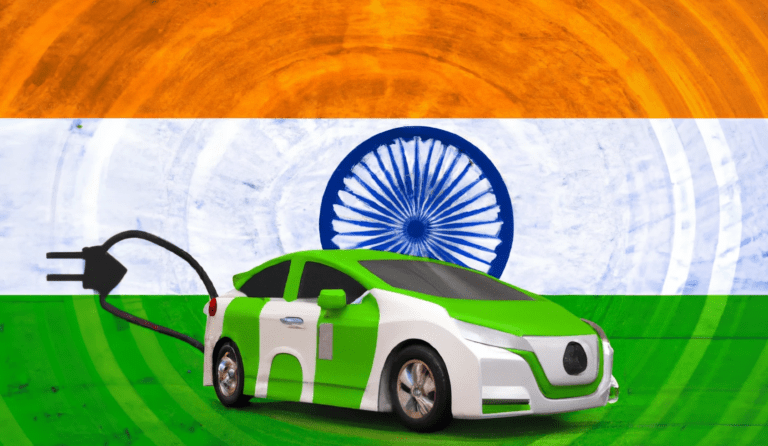The 8900 Electric intercity bus by Volvo Buses has been introduced and will roll out in certain European nations by 2025. Based on the new BZR Electric platform, it employs an e-mobility architecture from the Volvo Group.
The Volvo 8900 Electric is a fully electric low-entry bus designed for intercity and commuter transportation needs. Adding to Volvo’s lineup, the 8900 Electric complements the 7900 Electric city bus, which shares Volvo’s hybrid platform for low-floor vehicles. Moreover, the low-floor platform is currently operational in 25 countries.
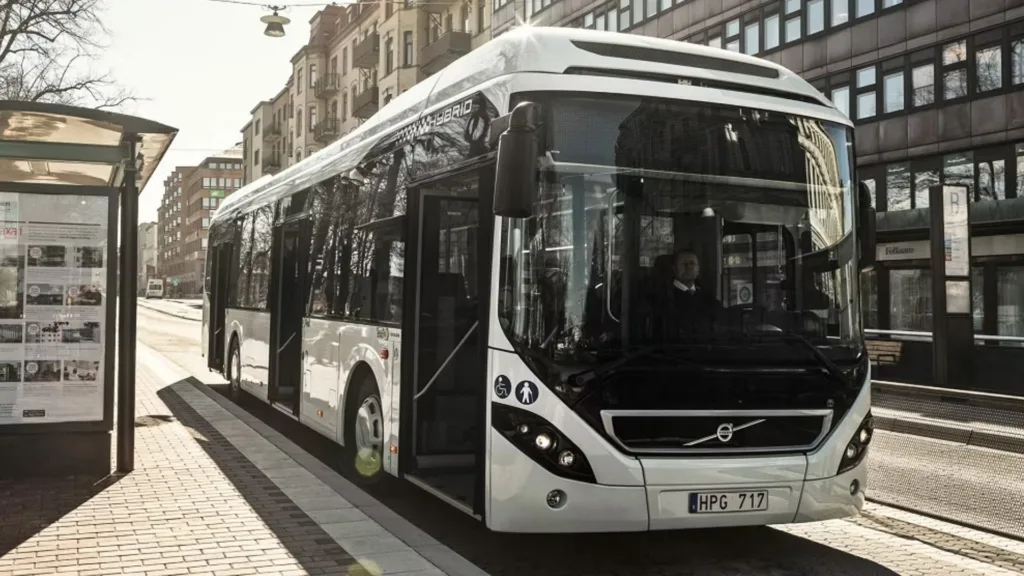
Power and Capacity
Scheduled for release in 2025, the 8900 Electric will come in two body lengths: 12.3 or 14.9 meters. The 12.3-meter two-axle version can carry up to 88 passengers, with seating available for 43 individuals. On the other hand, the 14.9-meter three-axle version offers space for 110 passengers, with 57 seats available.
Volvo states that the smaller 8900 has a 20.6-tonne gross vehicle weight rating, while the extended version weighs 27 tonnes. However, both variants share identical dimensions in width and height, measuring 2.55 meters and 3.6 meters, respectively. Moreover, there is a 90-centimetre difference in the wheelbase between the two variants (three-axle: 7m; two-axle: 6.1m).
According to Volvo, the weight of each battery pack is 535 kilograms. The shorter 8900 variant has a capacity ranging from 360 to 450 kWh, depending on whether it holds four or five packs. With the ability to hold between four and six packs, the longer intercity bus can achieve a maximum capacity of 540 kWh.
Volvo has not disclosed any information regarding the range. However, the Swedish automaker does mention using batteries with NCA chemistry. Additionally, there will be an option to select the charging port placement on either the left or right side.
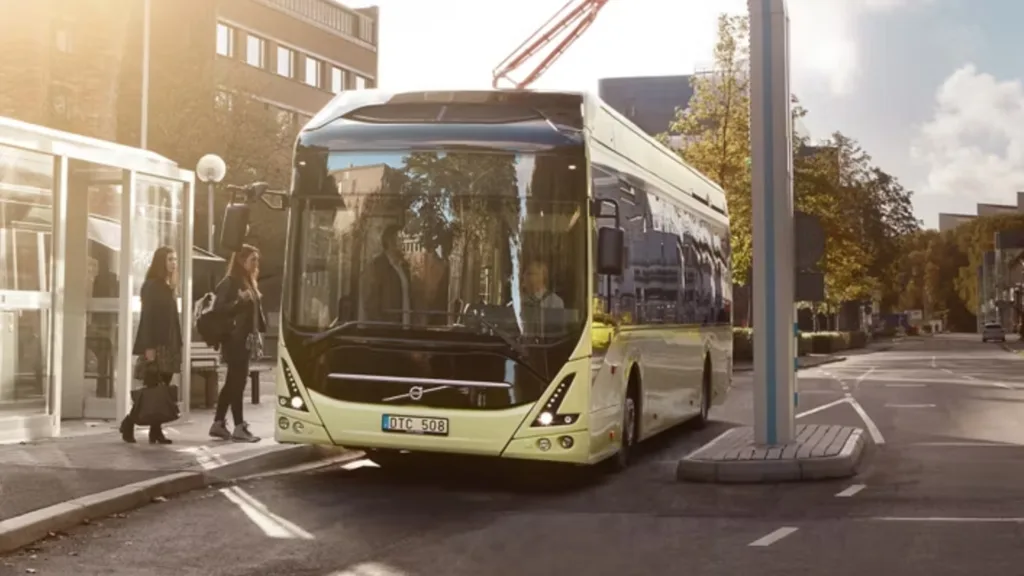
Feature and Safety
The Volvo 8900 Electric features a multi-function steering wheel and a dynamic instrument cluster. This will enhance driver concentration and control by providing a better overview of important driver information.
Moreover, the Volvo 8900 Electric will have every active safety system developed by Volvo Buses. Also, there is a specific focus on enhancing the safety of vulnerable road users such as cyclists and pedestrians.
Production
Meanwhile, Manufacturing Commercial Vehicles (MCV), based in Egypt, produces the body of the Volvo 8900 Electric. Last year, Volvo Buses made the decision to discontinue the production of the buses in Europe in the future.
Volvo Buses and MCV announced their plans to develop an electric lineup for intercity buses. The 8900, unveiled recently, is the product of this collaborative effort. Volvo Buses intends to continue producing chassis, including electric drives, at its two Swedish plants in Borås and Uddevalla.
The trend of electromobility is on the rise across Europe. Now, customers will be able to find a sustainable, long-term solution with Volvo 8900 Electric bus.





